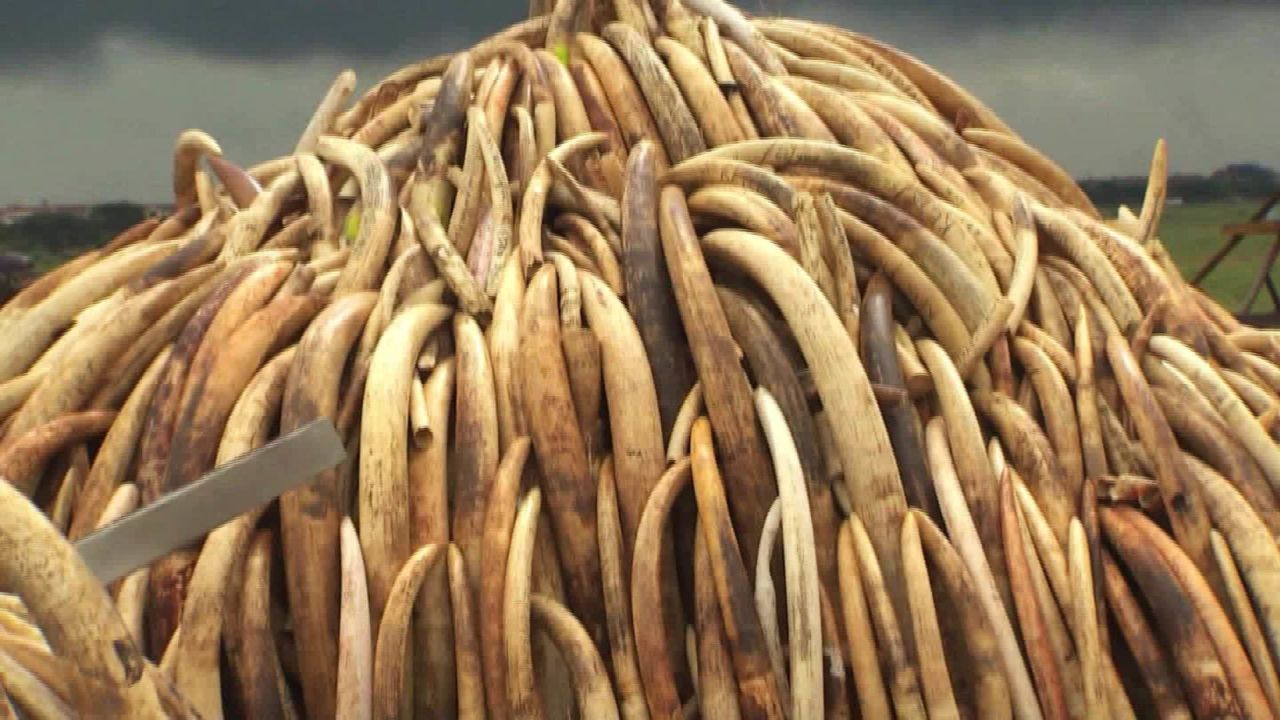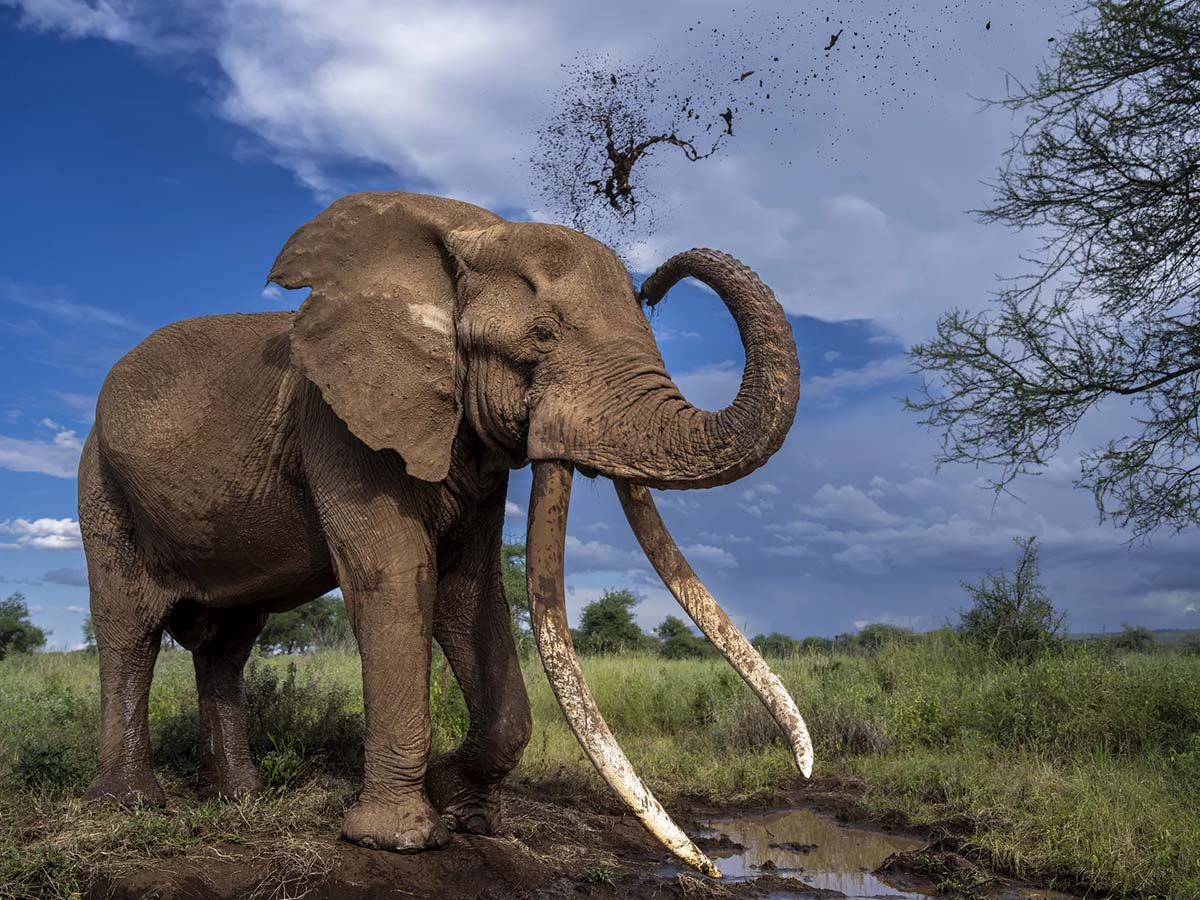- Ivory trafficking remains one of the most pressing threats to wildlife in Africa today.
- Behind each polished sculpture lies a trail of blood, suffering, and irreversible ecological damage.
Ivory trafficking has been one of the most pressing threats to wildlife in Africa. Despite decades of international bans, campaigns, and enforcement efforts, the illegal trade in elephant tusks continues to thrive — driven by demand in global black markets and facilitated by organized criminal networks.
At its core, this trade is not only a brutal assault on one of Earth’s most intelligent and emotionally complex animals but also a direct threat to ecological balance.
Each year, thousands of elephants are slaughtered for their tusks. The killing is often gruesome and indiscriminate. Poachers use high-powered rifles or poison waterholes to harvest ivory, often leaving behind orphaned calves and devastated herds.
The tusks, once part of a living creature, are smuggled out of Africa and eventually carved into trinkets, ornaments, and luxury items. Behind each polished sculpture lies a trail of blood, suffering, and irreversible ecological damage.
Read More

Elephants play an essential role in their ecosystems. As keystone species, their daily activities shape the environment in ways that benefit countless other organisms. They create and maintain waterholes, uproot trees to allow grasses to grow, and disperse seeds over vast distances, helping forests and savannahs regenerate.
Their absence leads to cascading effects on biodiversity, water availability, and the health of habitats relied upon by other species, including humans. Moreover, elephants are a cornerstone of the wildlife tourism economy.
In countries like Kenya, Tanzania, and Botswana, elephants attract millions of visitors each year. The revenue generated supports jobs, funds conservation efforts, and bolsters local communities.
When elephants disappear, the financial and ecological losses ripple outward, affecting livelihoods and national economies.
The ivory trade also intersects with broader global challenges. Wildlife trafficking has been linked to other forms of organized crime, including arms smuggling, money laundering, and even terrorism in some regions.
It thrives in regions where governance is weak, law enforcement under-resourced, and poverty creates desperation. The impact is not only on wildlife but on the stability of entire communities and nations.
In Kenya, a recent arrest in Mombasa involving two foreign nationals found with over Ksh. 12 million worth of elephant tusks is just one example of the country’s continued battle against ivory trafficking.
While authorities acted quickly and the suspects now face prosecution, such cases underscore the ongoing scale of the crisis. Law enforcement, though critical, cannot work alone.
Long-term solutions must involve community-based conservation, international cooperation, and above all, tackling the demand that fuels the trade.
Public awareness and education remain key. In every country where ivory is still purchased — whether for cultural, aesthetic, or medicinal reasons — the message must be clear: ivory is not a symbol of status, but of slaughter.
Elephants are not commodities; they are sentient beings with tight social bonds, long memories, and emotional depth. To lose them is not just to lose an animal species, but a profound part of the Earth’s natural heritage.
Protecting elephants is not just about saving wildlife. It’s about standing up for biodiversity, ecological balance, economic sustainability, and humanity’s shared moral responsibility. The survival of these giants depends on global choices made today — and whether we choose to value life over luxury.







